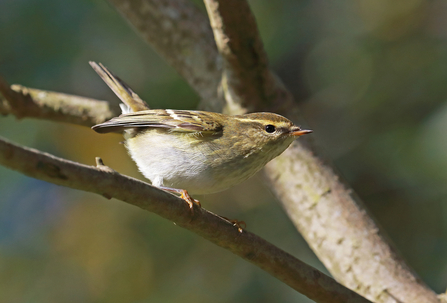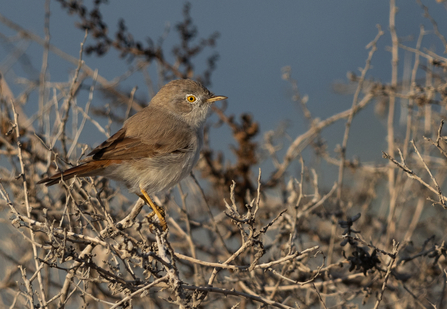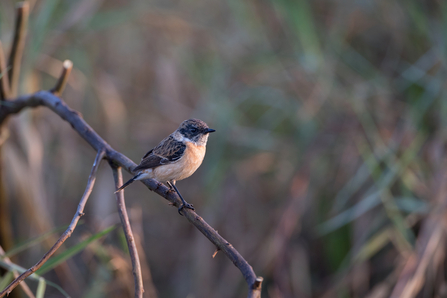At this precious time of year, thousands of birdwatchers flock to the coast to search every promontory, every bush and every standalone tree. They bring huge cameras, arriving usually before dawn, and fervently rush around in the hope of something happening. Because, after all, this is autumn, and autumn is a season of immense change.
Millions of birds are erupting from their arctic breeding grounds and flying thousands of miles to equatorial wintering areas, searching for solace from the icy winter to come. Our eastern position in Norfolk sets us up as the prime spot for migrants and, depending on wind direction and distribution, anything from 10 to 500 species can appear each autumn.
This year so far has been absolutely INCREDIBLE due to a strong easterly breeze which has swept thousands of rare birds onto Norfolk's beautiful coastline. Despite the biting cold setting in, now is the time to leave the shelter of your homes and become a rarity finder!




